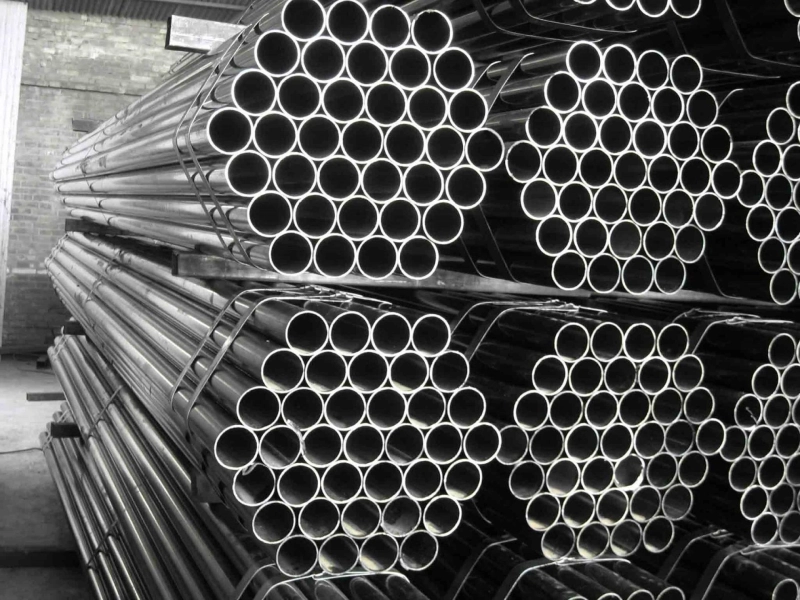A boiler pipe, or a boiler tube, is specifically designed for use in boilers and heat exchangers. These pipes convey hot water, steam, or other heat-carrying fluids within a boiler system. Boiler Pipes are subject to high temperatures, pressures, and sometimes corrosive environments, making their material composition and construction essential to ensure safe and efficient operation.
Application of Boiler Pipe
Power Generation: Boiler Pipes transport water or steam to generate electricity. They play a vital role in converting heat energy into mechanical energy, which ultimately drives turbines to produce electricity.Heating Systems: Residential and commercial heating systems, such as those used for radiators, underfloor heating, and hot water supply, rely on boiler pipes to distribute heat throughout a building.Industrial Processes: Boiler pipes are used in various industrial processes that require heat transfer, such as chemical processing, food and beverage production, and oil refining.Marine Applications: In marine vessels, boiler pipes are used for propulsion systems, onboard heating, and other thermal processes.HVAC Systems: Heating, ventilation, and air conditioning (HVAC) systems often use boiler pipes for heating.How many Types of Boiler Pipe?
1. Seamless Pipes: Seamless boiler pipes are manufactured without seams or welds. They are formed through a process known as extrusion, where a solid steel billet is heated and pushed through a die to create the pipe's shape.
Seamless pipes offer uniform strength along the entire length and have a smooth interior surface, which reduces friction and improves heat transfer efficiency. They are commonly used in high-pressure and high-temperature applications where safety and reliability are critical.
2. Welded Pipes: Welded boiler pipes are made by joining steel plates together through welding techniques. There are different methods for welding, including electric resistance welding, electric fusion welding, and seamless welding. While welded pipes may have weld seams, modern welding technologies ensure strong and secure joints that meet the required standards. Welded pipes are often used in less stringent pressure and temperature requirements applications.
Each boiler pipe type has advantages and disadvantages, and the choice between them depends on factors such as the specific application, operating conditions, and regulatory requirements.


